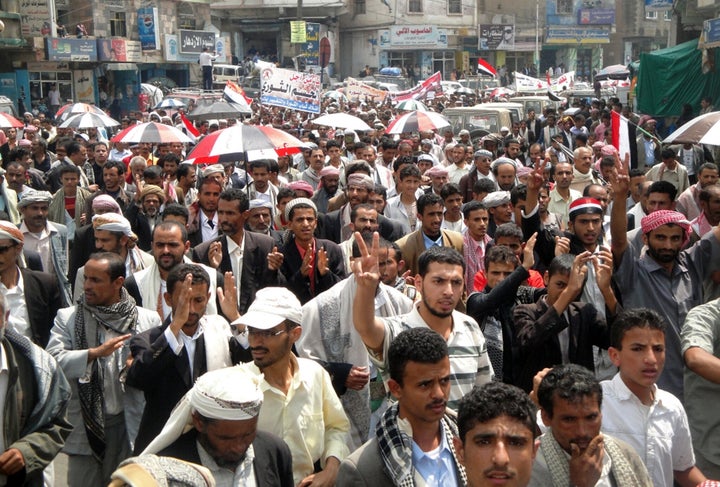
Street struggles and demonstrations have long been part of our history. What is different today is that they are happening simultaneously in so many parts of the world: the uprisings in the Arab world, Occupy Wall Street spreading to more and more U.S. cities, the daily neighborhood protests in China's major cities, Latin America's piqueteros -- poor people demonstrating with pots and pans, and so many others. Each has specific reasons and formats. But still, it helps to see their spread, their simultaneity. And they are to such a large extent about social claims, economic justice, access to work.
We can add to these the very familiar anti-gentrification struggles and demonstrations against police brutality in U.S. cities during the 1980's and in cities worldwide in the 1990s and continuing. Most recently, the over 100,000 people marching in Tel Aviv, a first for this city -- not to bring down the government, but to ask for access to housing and jobs; part of the demonstration is Tel Aviv's tent city, housing mostly impoverished middle-class citizens. The Indignados in Spain have been demonstrating peacefully in Madrid and Barcelona for jobs and social services; they have now become a national movement with people from throughout Spain gathering to go on a very long march to EU headquarters in Brussels. These are also the claims of the 600,000 who went to the street in late August in several cities in Chile.
These are among the diverse instances that together make me think of a concept that takes it beyond the empirics of each case --The Global Street.
In each of these cases, I would argue that the street, the urban street, as public space is to be differentiated from the classic European notion of the more ritualized spaces for public activity, with the piazza and the boulevard the emblematic European instances. I think of the space of "the street," which of course includes squares and any available open space, as a rawer and less ritualized space. The Street can, thus, be conceived as a space where new forms of the social and the political can be made, rather than a space for enacting ritualized routines. With some conceptual stretching, we might say that politically, "street and square" are marked differently from "boulevard and piazza": The first signals action and the second, rituals.
Seen this way, there is an epochal quality to the current wave of street protests, no matter their enormous differences, i.e. from the extraordinary courage and determination of protesters in Syria to the flash crowds convoked via social media to invade a commercial street block for ten minutes we have seen in cities in the U.S., the UK, and Chile.
The city is the larger space that enables some of this and also the lens that allows us to capture the history making qualities of these protests. The larger background for these protests is a sharp slide into inequalities, expulsions from places and livelihoods, corrupt political classes, unfettered greed, and in the most significant of these struggles, extreme oppression.
When Powerlessness Becomes Complex
The city is a space where the powerless can make history. That is not to say it is the only space, but it is certainly a critical one. Becoming present, visible, to each other can alter the character of powerlessness. I make a distinction (Sassen 2008, Territory, Authority, Rights, chs. 6 and 8) between different types of powerlessness. Powerlessness is not simply an absolute condition that can be flattened into the absence of power. Many of the protest movements we have seen in North Africa and the Middle East are a case in point: these protesters may not have gained power, they are still powerless, but they are making a history and a politics. The notion that powerlessness can become complex can be used to characterize a condition that is not quite empowerment. Powerlessness can be complex even if there is no empowerment. Seeing it this way adds significance and importance to so many of these uprisings which are not necessarily giving the participants power. But they are making history.
(Full article in the journal, Globalizations 2011).
Saskia Sassen is the Robert S. Lynd Professor of Sociology and Co-Chair, The Committee on Global Thought, Columbia University (www.saskiasassen.com). Her recent books are Territory, Authority, Rights: From Medieval to Global Assemblages ( Princeton University Press 2008)
